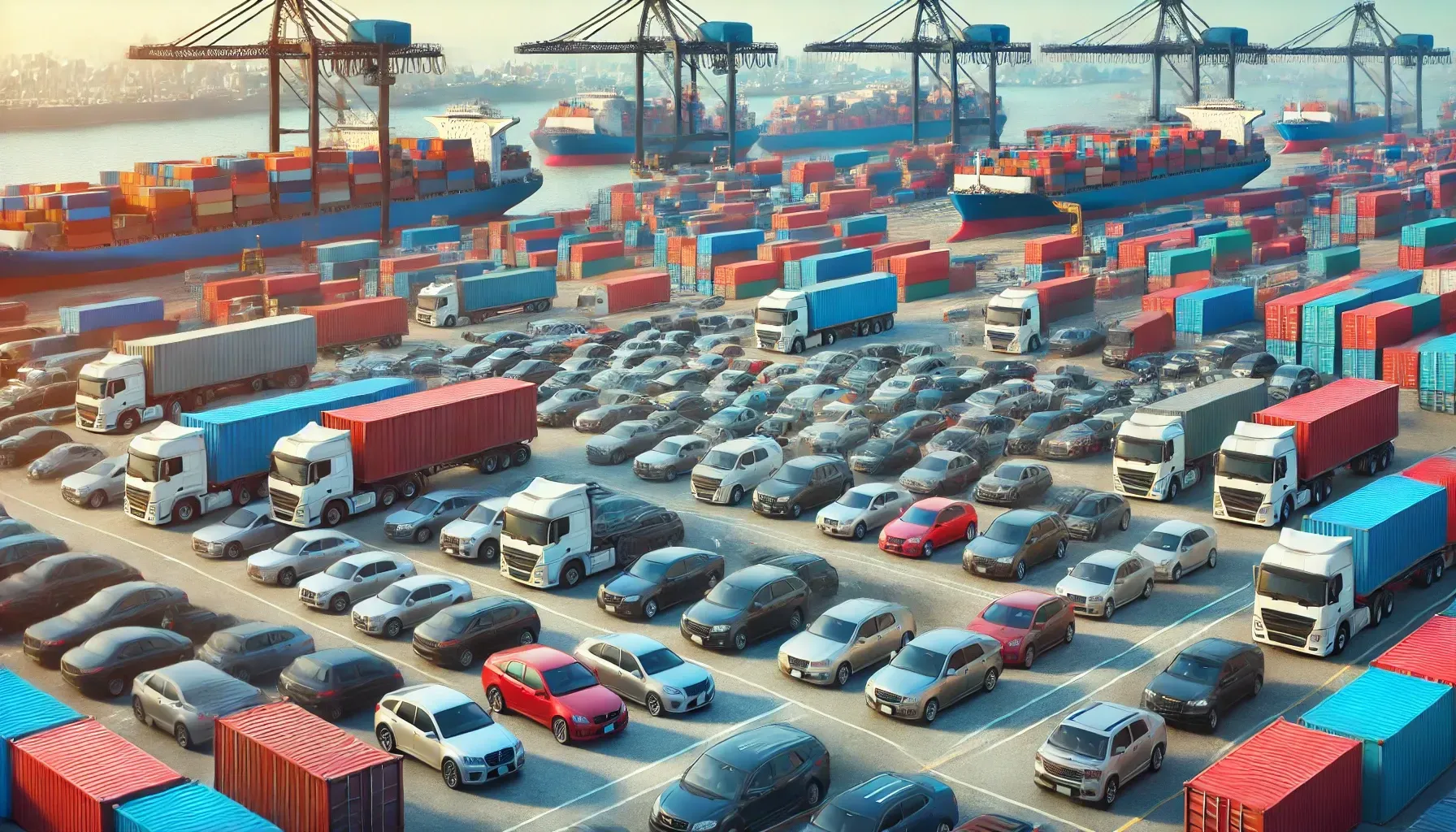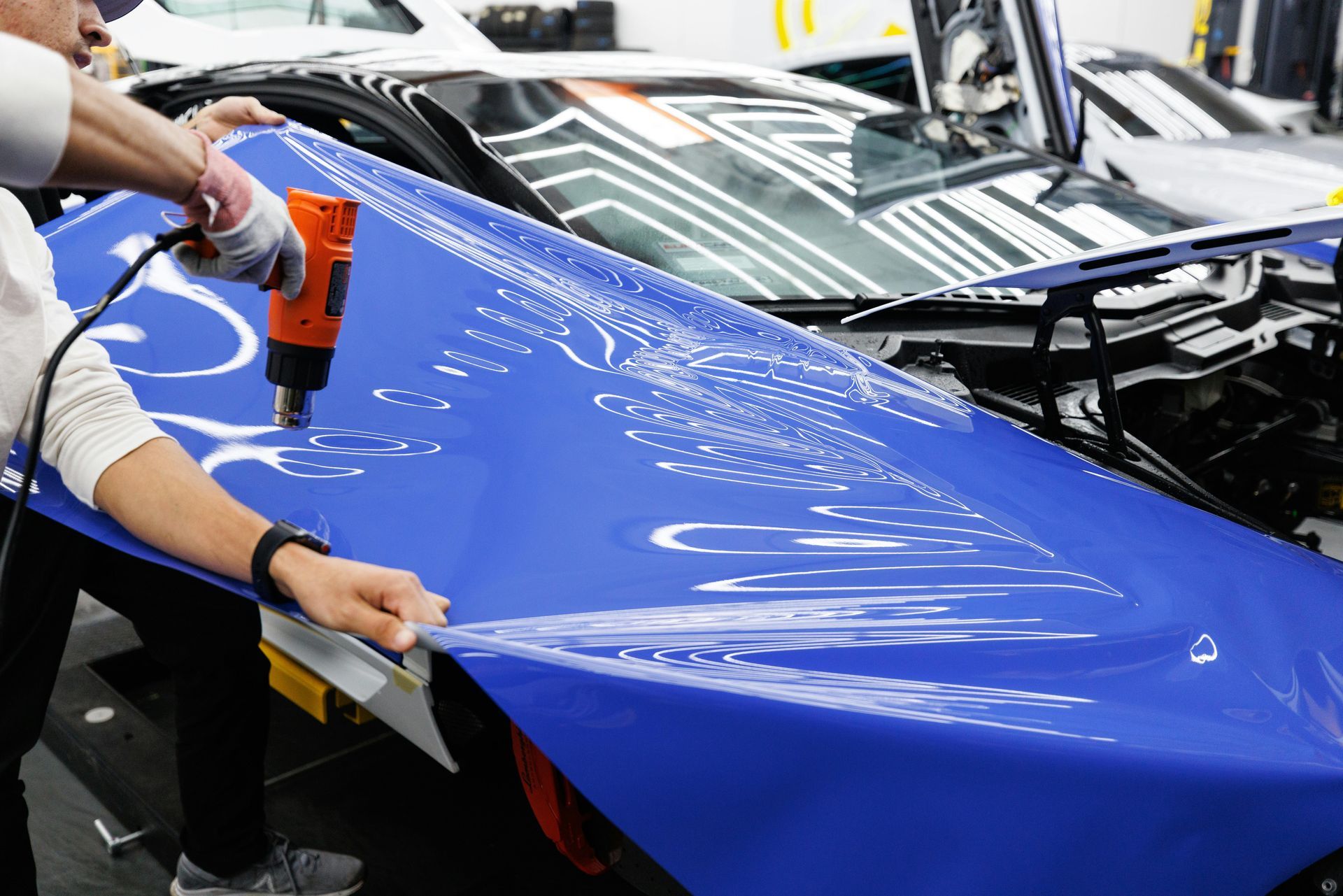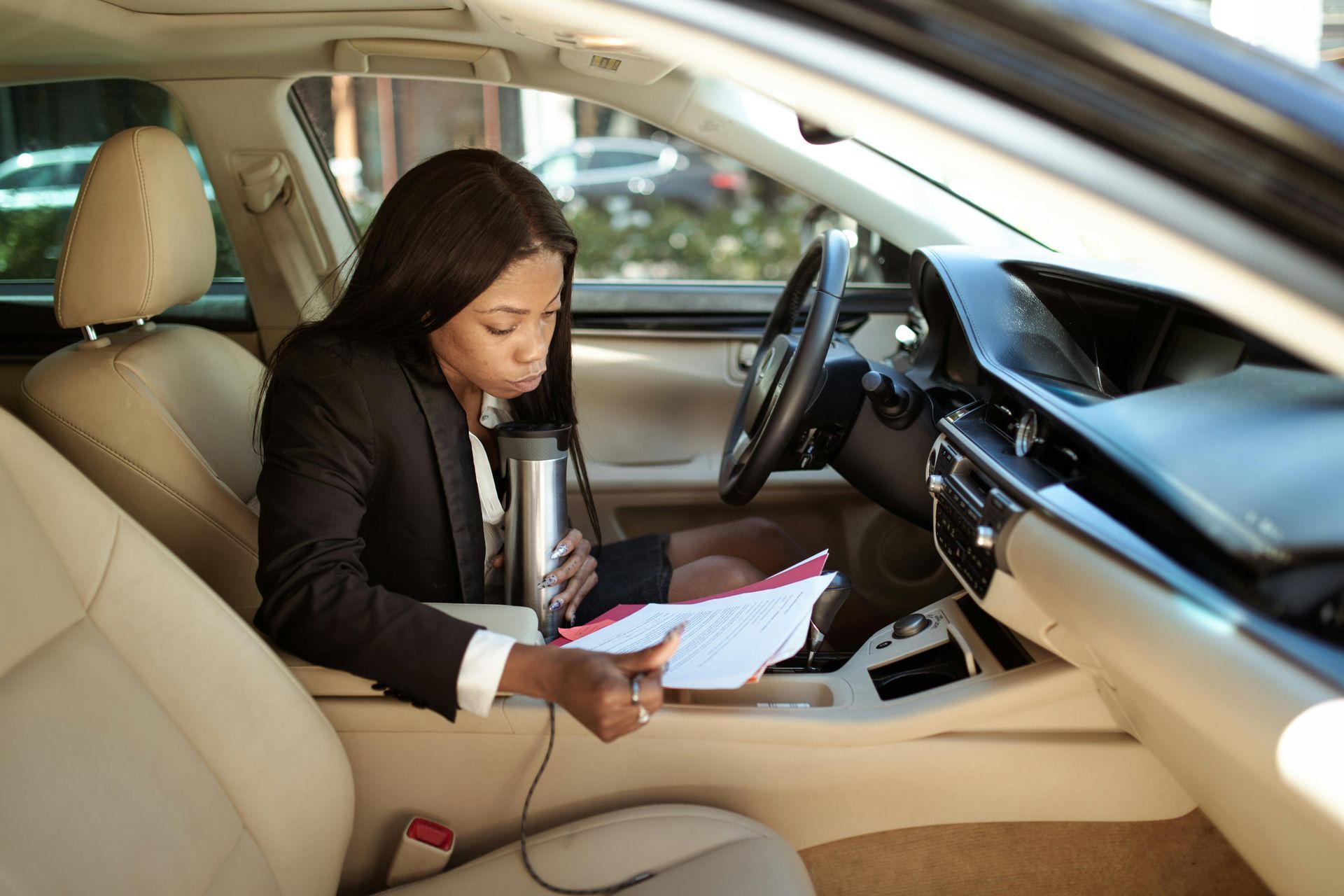How Can I Fix a Dashboard Warning Light?
June 26, 2023
Decoding Dashboard Warning Lights: Understanding and Resolving Car Troubles
It's a common driving experience: you're driving along and suddenly hear a "ding!" and a light comes on the dashboard. It's generally something straightforward, like a low fuel warning, but now and then you'll come across a sign you've never seen before and have no idea what it represents
Did you know that your dashboard can display over 60 distinct symbols? You're unlikely to see all of them, but they range from conventional signs like "door open" to messages about your headlights, safety reminders, possible danger, and even some diesel-specific signals. In this piece, we'll go through some of the most frequent warning lights that may display on your dashboard, as well as explain what they signify and how to fix them.
Warning lights and symbols on the dashboard
Check the engine
The check engine light (CEL) is one of the most prevalent, and also one of the most ambiguous, lights on your dashboard. It can allude to a variety of problems with your vehicle's engine, but you won't know for sure unless you have an expert inspect it. If your car sounds and feels OK to drive, a CEL doesn't imply you should rush into a repair shop, but you also shouldn't wait too long.
"Check engine" might simply signify that your gas cap is loose or broken, or it could indicate something more severe, such as an issue with your vehicle's emissions. Because the check engine light might signal a variety of reasons, there are several ways to fix it. Your best bet is to take your vehicle to your dealership's service department or a service shop as soon as possible and let them diagnose the problem.
Battery
The battery light is easy to spot: it normally appears like a little battery, complete with + and - indications on either side. When you see this indicator on your dashboard, it implies your vehicle's battery is low or is not charging properly. This dashboard warning light should turn off after a bit of driving, but if it doesn't, it might signify your alternator isn't producing enough energy to adequately charge your battery.
You may resolve the issue by turning off other electrical components in your vehicle, such as the overhead lighting, and temporarily removing applications such as phone chargers. This reduces the load on your car's battery and allows it to recharge while you travel. If the problem persists, you may have a more significant problem with your battery, in which case you should see a repair.
Airbag
An airbag warning light on your dashboard might signal one of several problems. This dashboard warning light may signal a malfunction with your vehicle's seat belts or airbags, which can pose major safety risks. It signifies that the car has detected a fault that may prevent the airbags from deploying properly, or that the seatbelts are not securely secured.
This is sometimes a simple repair. The first thing you should do is ensure that all passengers are properly belted up. If you have heavy things in one of the passenger seats, this may also activate the warning—move the items to the trunk or floor, or belt them in for safety. If you've double-checked that everyone is wearing their seatbelts and the light is still on, it might indicate a more serious problem or an issue with your car's internal computer.
There is a potential that the airbag sensors were not reset in vehicles that were recently involved in an accident in which the airbags were deployed. If this light stays on, you and your passengers should go to an automobile service shop to get it checked out. It might be as easy as adjusting your car's sensors, or it could be a significant problem with one of your vehicle's most vital safety features.
Washing machine fluid
The washer fluid light is a basic and generally innocuous indicator, yet it occurs seldom enough to mislead many drivers. This dashboard warning light simply indicates that your washer fluid levels are low and that you will need to replenish it soon. This is seldom a vital warning, but if you're traveling in situations where dirt, mud, ice, or road salt is adhering to your glass, you should take action quickly.
To remove this light from your dashboard, just refill your washer fluid.
Tire pressure
Your tire pressure warning light, commonly known as the tire pressure monitor system (TPMS for short), alerts you when the air pressure in your tires falls below specified limits. This is a regular phenomenon when cooler weather approaches and tire pressure drops—you may even see the light appear on chilly mornings and then disappear as the day heats up again.
If your tire pressure indicator continues to illuminate, examine your tires and try to locate the one with low pressure. If the light stays on and you notice a difficult, bumpy ride, you may have a flat tire. Many petrol stations and service centers provide low-cost or even complimentary air-conditioning refills. Driving with low-pressure tires can cause tire damage or failure, therefore it's best to address this issue as soon as possible.
Engine oil
This one is similar to the washer fluid light in that it indicates that your car's fluid levels are low. However, in this circumstance, it is a more crucial fluid. Maintaining the oil levels in your car's engine is something you should keep in mind because it impacts overall performance and can cause harm if left unchecked.
When the engine oil light illuminates on your dashboard, it may not necessarily signal that your levels are just low; it may also suggest that your oil is unclean or that there is a leak. In any case, if you notice this, it's time for an oil change.
Some automobile owners like to change their own oil, but if you don't want to get your hands filthy, this is a short procedure that can be completed at your local dealership. To avoid worse issues down the road, maintain your oil fresh and full, and remember to examine your service warranty anytime your car requires maintenance—a lot of pricey maintenance might be covered by your manufacturer's service guarantee.
Coolant Level
Your coolant level light, like your engine oil, will illuminate on the dashboard when the coolant or antifreeze tank sensor falls below a set threshold. This is most likely due to a leak or damage in the tank. This is one of the warning lights you'll want to pay attention to right away because an overheated engine might create major problems with your vehicle.
If your coolant level indicator illuminates, you should pull over or come to a complete stop as soon as possible. Allow your engine to cool before addressing the problem—this warning symbol indicates that the engine is extremely hot, so don't touch it! After allowing the engine to cool, you may inspect the engine, replenish the coolant levels, and check for any leaks or damage.
Leaks, perforations, and other coolant system damage can be difficult to detect, especially to the untrained eye. If the indicator remains on after allowing your engine to cool and replacing the coolant, you should visit your dealership's service department and let them evaluate the matter.
Brake anti-lock system
If you notice the ABS sign on your dashboard, it might imply one of several things:
- Broken sensors. Your vehicle uses wheel speed sensors to determine how fast each individual wheel is turning. If it detects one wheel moving at a rate that’s dramatically different from the others, it will activate the anti-lock braking system warning light
- Malfunctioning ABS module. Much of your ABS system relies on your car’s internal technology and self-diagnostic system. A simple glitch in this system can cause the warning light to trigger.
Since there are so many ways to trigger the ABS dashboard warning light, you’ll want to run through this short checklist and try to find the cause of the problem. However, if the problem persists or you discover serious damage, it’s always best to bring the car in for professional care.
Control of traction
Unlike the other warning signals on this list, the traction control light might occasionally indicate that your car is in good functioning order. If you notice this light on your dashboard, it's sometimes merely a warning that your car's traction control has been enabled to assist you retain control on a slick road. When you go over dangerous terrain, the light will usually arrive and fade. If that's the case, you shouldn't be concerned.
If, on the other hand, this warning light remains on your dashboard when you're on a dry road or fully parked, it's an indication that something in your traction control system has been broken. It might also be turned off—look for a physical switch or button that toggles the traction control on/off, or restart your car. If the problem persists, visit your local service facility and have them analyze it before it becomes a major problem.
Ship your car safely with Budget Auto Transporter
Feeling overwhelmed by all of the upkeep and the hazards that come with a lengthy drive? This is your cue to send your automobile with a reputable auto shipping company. Budget Auto Transporter is the highest rated auto transportation company in the United States, serving all 50 states, including Hawaii. Allow a properly certified auto carrier to pick up and deliver your vehicle to its destination. Ship your automobile across the nation and avoid the extra miles, upkeep, and other problems that come with long road journeys.
Do you want to know more about how vehicle transport works? Call 844-436-6700
to speak with a car shipping specialist or obtain a free immediate estimate price.














